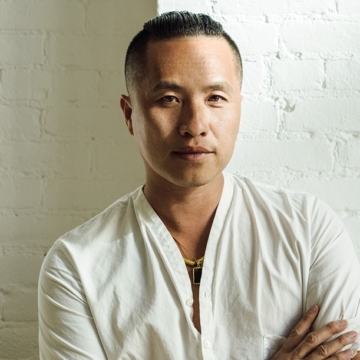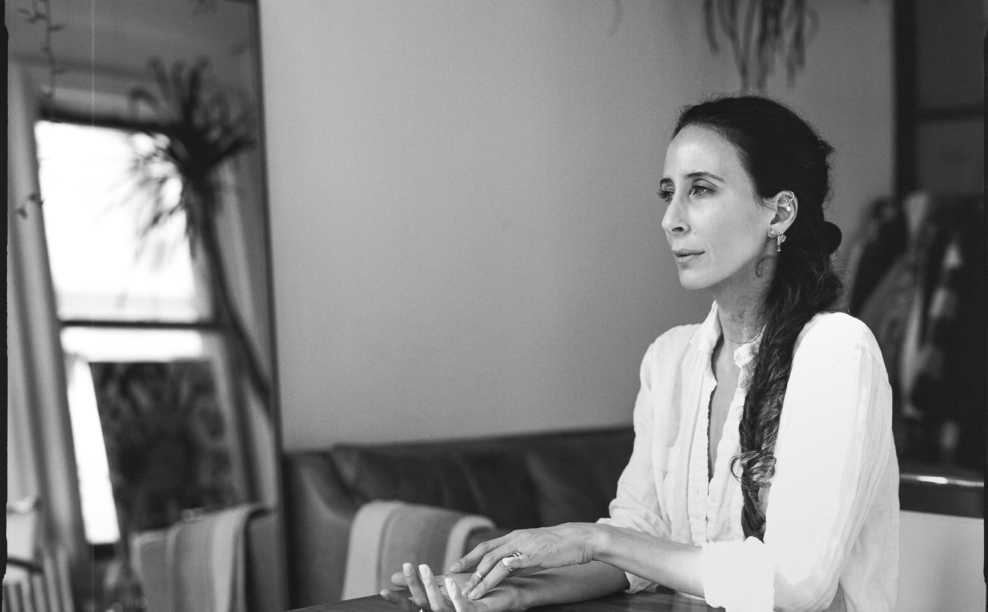
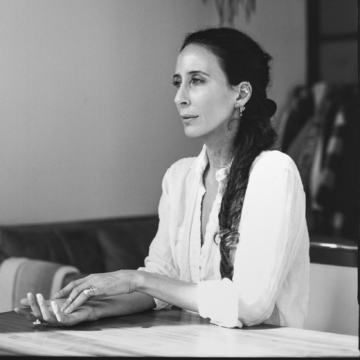
Ethically Speaking: TRR Talks with Sustainable Fashion Leader, Mara Hoffman
Mara Hoffman sounds breathless when she picks up my call. The designer has been in upstate New York for months now, where she’s decamped with her husband and son to wait out the COVID pandemic. But compelled by the Black Lives Matter protests that have sprung up across the country in the wake of the death of George Floyd, an unarmed Minneapolis-area Black man killed by police in May after being fatally pinned down for over eight minutes, Hoffman jumped in her car a day earlier and took the two-hour trek to downtown New York’s Foley Square to peacefully demonstrate. Pushing pause on her duties as the head of her eponymous sustainable fashion empire, the ever-vocal, ever-thoughtful designer stood alongside thousands and rallied along Broadway to protest against racial injustice. Racing back upstate nearly 24-hours later and taking it all in, she tells me with a sigh, “It was worth every second of it, it was so amazing. It was anger and love put into action by so many people, and you’re like, this is New York.”
Anyone familiar with Hoffman’s work or the woman herself knows that this showing of support is hardly performative. The designer comes from a long line of disruptors (her mother, Francesca was an activist in the ‘70s and impressed upon her the importance of political engagement) and has made it her life’s mission to rally behind the causes she holds dear. Whether it be racial, environmental, or political, Hoffman doesn’t shy away from speaking out in the face of injustice — or infusing that spirit into the clothes that she makes.
In a 2015 hallmark shift, Hoffman steered her brand from its widely beloved and highly profitable offering of free-spirited electric printed swimwear and loungewear to a full-on commitment to sustainability. Paring down her aesthetic to match her own personal style, Hoffman re-engineered the fabrications of her then-fifteen-year-old label entirely and began crafting clothes that promoted ethical consumption and production practices using sustainable fabrics. “It was prompted by immense levels of discomfort,” she tells me. “From the realization, the awareness level rising within the industry that I had spent my life in, for the 15 years prior. And it also came from a heightened awareness of having a kid who was three at the time, and understanding what my actual ‘legacy’ would be, and what his reality would be: dealing with my legacy. And my legacy meaning my things, my stuff.”
Scaled back and meant to last, Hoffman’s line has become a source of conscious and considered style over the last five years. Never skimping on statement-making fashion (her embroidery, puff-sleeved silhouettes, and kaleidoscopic palettes are continual crowd pleasers) or her core values, Hoffman has found a soft balance between the two. In turn, the designer has become something of a lodestar for sustainable fashion, a leader in this mission that has put her ahead of the curve. While the post-COVID fashion world scrambles to conceive new ways to execute fashion shows, for instance, Hoffman has foregone the production seasons ago. The designer instead prefers presentations or self-photographed lookbooks, all of which convey her enlightened and environmentally-conscious aesthetic.
But as she confesses, for all of her efforts, Hoffman is constantly re-evaluating her strategy and figuring out how she can carve out a deeper commitment to sustainability. “…I would be lying to you if I didn’t say this is the majority of our internal conversations–they’re now so deeply evaluating the work that we do, and all of the parts. From how is a company run, to the product that we’re putting, and do we feel that it’s good enough? Are any of the parts good enough? And is ‘good enough’ enough at this point?”
Her archive sale with TRR, which launches today, is an outcome of this challenge. Giving her favorite styles from past seasons new life, like the Verda slip dress or the Judy jacket which is made out of hemp, and engaging with the secondary market, Hoffman is able to provide her product at an accessible price point, engage with a new customer, and place her product into the circular economy. “It feels very modern right now…it serves as a great model for the future of fashion.” In a time when much creativity is stymied, it feels progressive.
Here, Hoffman breaks down her ethical fashion journey, and why she’s excited to give these pieces a new home and new life.
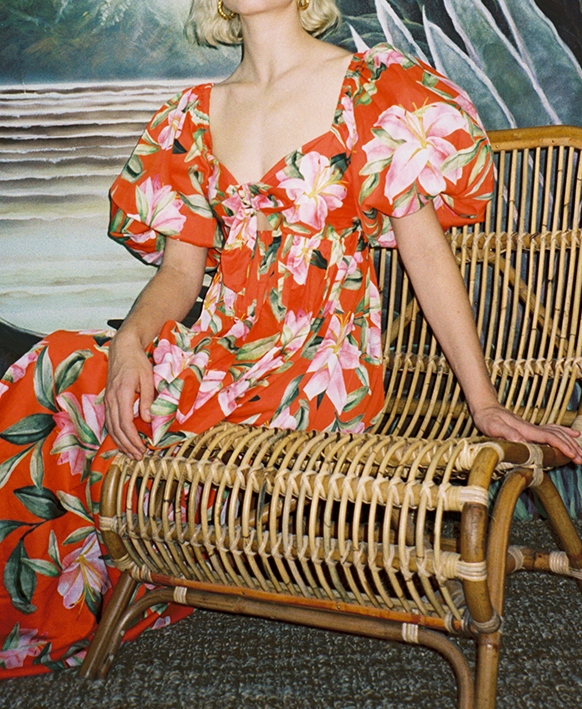
Mara’s Ethical Fashion Shift was Brought On By Discomfort
“There had been years leading up to that [ shift in my business] where my awareness was there to understand that things weren’t being done well within the industry as a whole, and how it was contributing on an environmental and human and animal level. But it took, I think, that point to really be more of a breaking feeling of: ‘I’d rather just explode into something else or just not do this anymore’. When the discomfort gets that loud, it’s the biggest impetus for change. And I think almost one of the most important things that came out of that, less than changing fabrics and factories and scale and company ethos and all the things, was that this understanding to follow the discomfort. It was like, ‘Oh, okay, let’s be people that change. And let’s change all the time if we need to.’”
Mara Looked Inward First To Make A Sustainable Future
“I had to know thyself first. I had to really know what was happening within my own business–vetting yourself and vetting your own processes first before you start implementing a bunch of changes. Understand all your parts as well as you can. The problem with the fashion industry is that you think you can know all your parts–even in the ‘hashtag sustainable’ work, transparency is so hard. You think you have a hold on all the parts in your supply chain, but unless you are literally, physically there through every single moment of it, how do you know every single thing that’s going on? You have to have such levels of trust with the people that you’re working with, too. And sometimes you get it wrong, no matter how much of a trust you have. Then you’re like, ‘Wait, f-ck, I wouldn’t have done that.’”

…Then Came An Evaluation Of Fabrications And Internal Systems
“The first sweep for us really felt like digging into our fabrications. This is the most tangible, dealing with our own internal, our company, how are we doing things in our office, first of all. What are our systems, and what are our… and then on the manufacturing, what are our fabrications, and who are we working with.”
She’s Designing Relevant But Sustainable Clothes
“What we do is not completely void of trend. I am definitely influenced by trends, and design relevant clothing in the fashion calendar and also wholesale to accounts that sell contemporary clothing. If you look at the clothes, I want women to feel relevant and I’m also someone who believes in something fantastic about what trends actually represent societally, and what they represent in culture…The way we dress represents what we’re feeling, to a lot of degrees, on the inside. And it represents what we believe in, and where we see ourselves fitting in within our communities. It tells a lot. Fashion is so huge in that sense, it’s huge, really.”
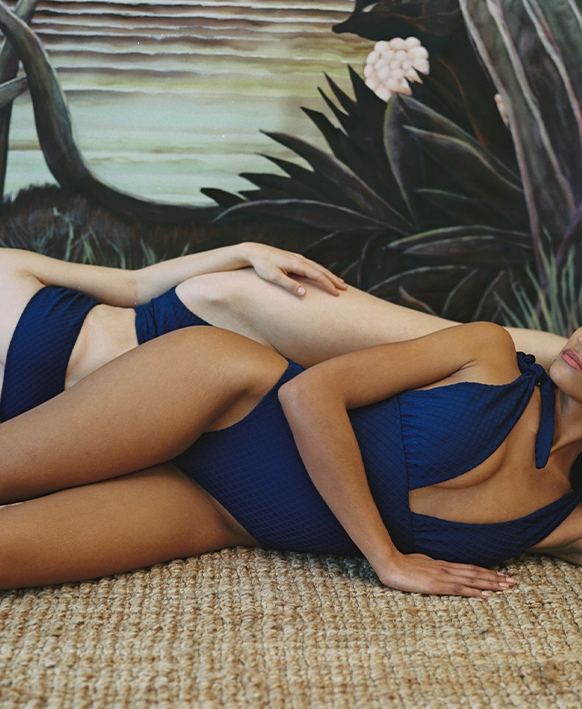
She’s Still Challenging Herself To Make A Better Product
“Some of the very first stuff that we did five years ago was shifting out of the conventional swim fabrics and then moving into the recycled plastic for the poly and the spandex and the nylon. And this is still a huge issue, to be honest with you. There still really isn’t a really great swim alternative right now. So I am not settled on what we use. We’re not at a finished solution with this, we’re still very much in the conversation and hopefully close to being able to implement new innovation that’s coming from fabric innovators that are being able to use non-plastics for swim. You’re wanting to make a better product, that’s your ultimate goal. You want to make something that’s going to last.”
Interestingly Enough, Mara Doesn’t Like The Word “Sustainability”
“Even now you have to put sustainability in quotes. Because what is sustainability right now? People who’ve been in this world and work long enough, are just like, yuck by the word, honestly. And that’s fine to put out there. It’s kind of a yuck word. Because it’s used to glaze over so much and the reality is, we, humans in general, are not sustaining right now…We are doing things less harmfully, we are doing things with high levels of vetting, care, intention, reducing impact and footprint, yes, one-hundred-percent all of those things. But clearly, if we look around, we are not sustaining anything as a whole or as a society right now…It’s more than sustainability now. We need to be in ultra healing mode.”
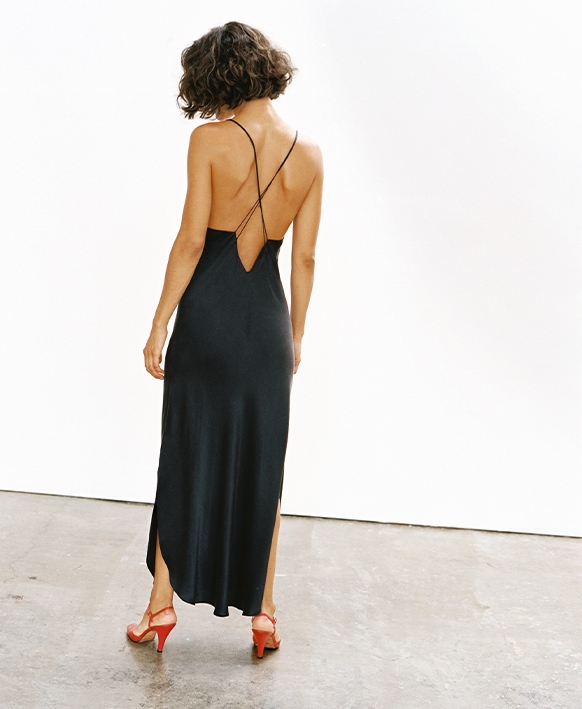
Her TRR Archive Sale Is A New Way To Think About Consumption
“[The TRR archive sale] starts to close the loop a little bit and allow accessibility. And it speaks to what we believe in so strongly around giving the clothing these extended lives and multiple owners and being able to bring that sense of joy and expression, not just to one person, but then to another. Whether you’re handing it down to a younger sister or a daughter or a friend, you don’t necessarily need to know that person. So what The Real Real does, is it plays the agent in that. And that’s really cool. It brokers the piece getting from the original owner to the next.
…And The Pieces Can Now Be Entered Into A System Of Circularity
“Even though these pieces haven’t been sold and worn yet by anyone, I like that I can start [the customer] here, setting the intention for them. If the customer, already comes there with the expectation that it’s been pre-owned, I’m excited that she’s already engaged in that action. She’ll bring it to you guys when she’s had her share of it. Maybe she’ll hold it forever, and that’s great. But she knows very directly what to do with that piece if either she has really, truly grown out of it, it doesn’t fit her anymore, or she needs to change it out for money, which is fair.”
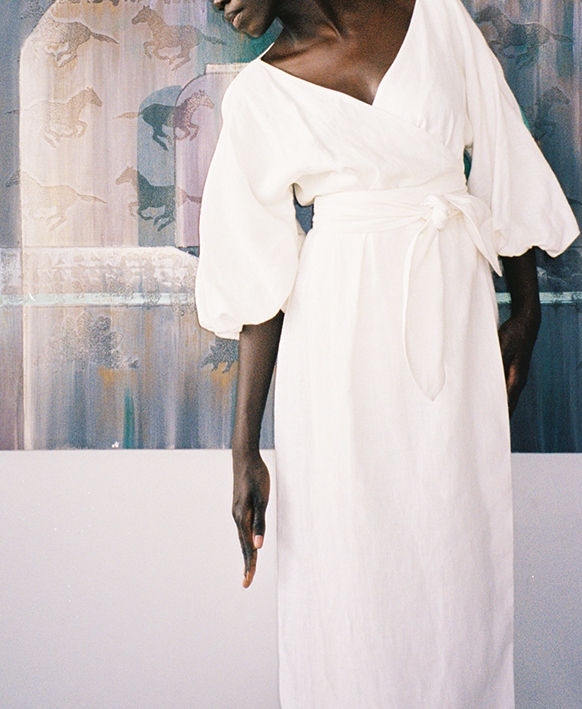
…And Out Of Landfills
“If we can be in full responsibility for everything we put into the world, from all of its life zones, and that people have an understanding of what to do with things at the end of life, or where it needs to go, that’s also taking a big step towards keeping things out of the landfills and making a huge effort towards at least an environmental salvaging. Having this kind of partnership…I think it’s also saying, we advocate for this type of relationship with your clothing and how you should acquire clothing.
Feature Image Photo Credit : Heather Hazzan


